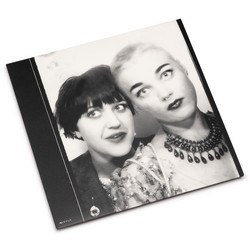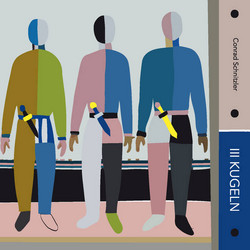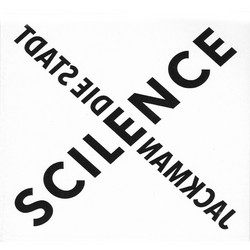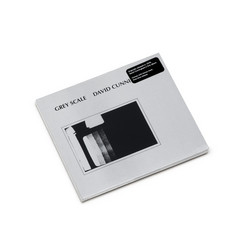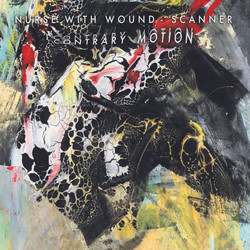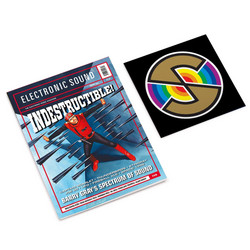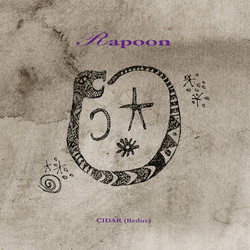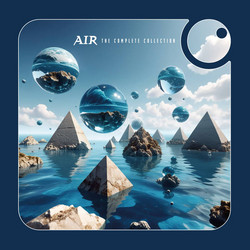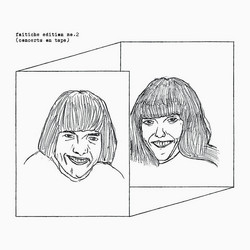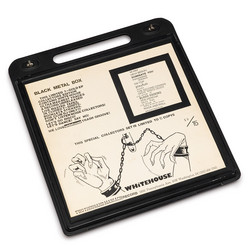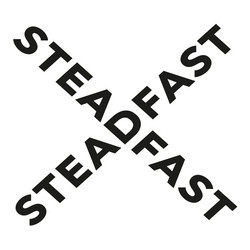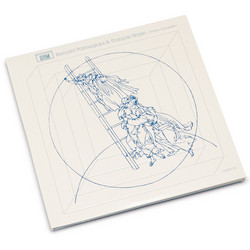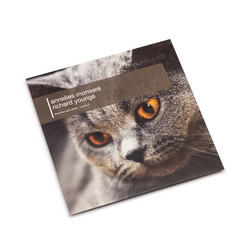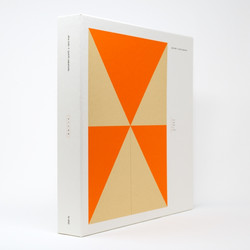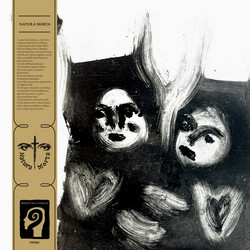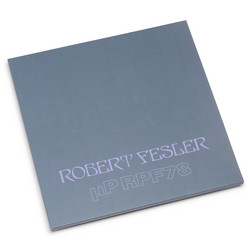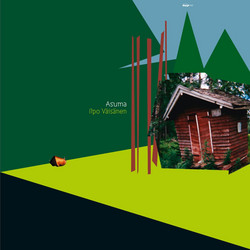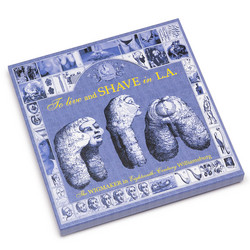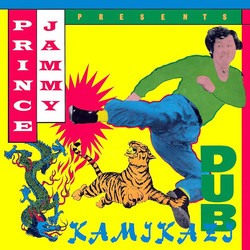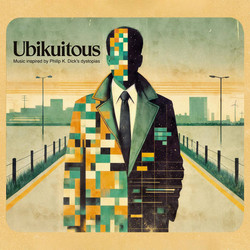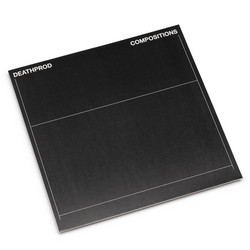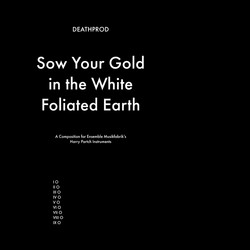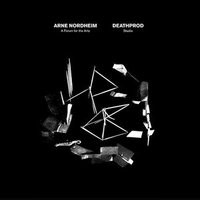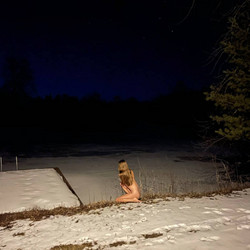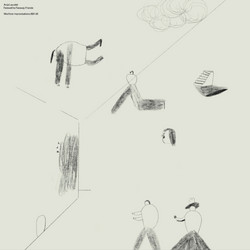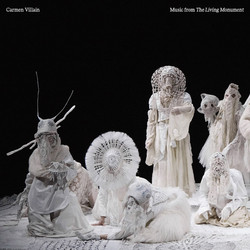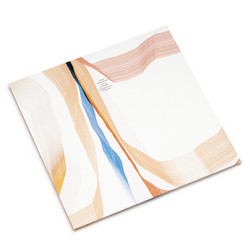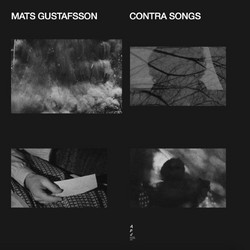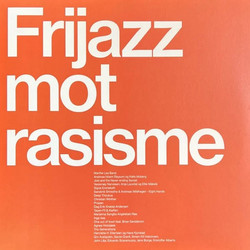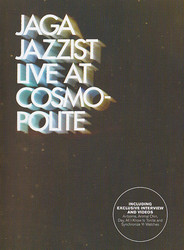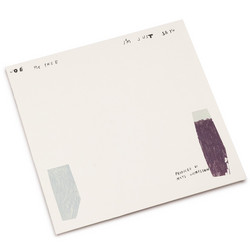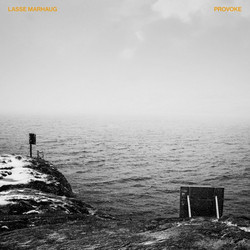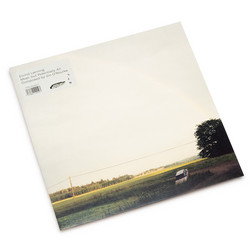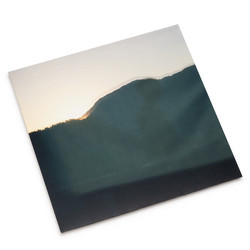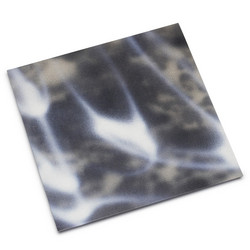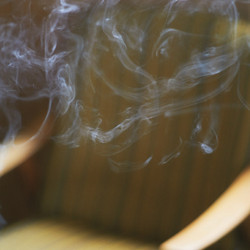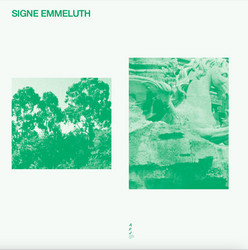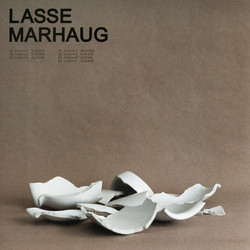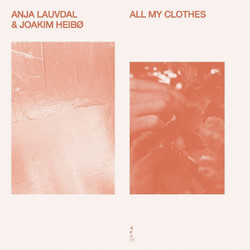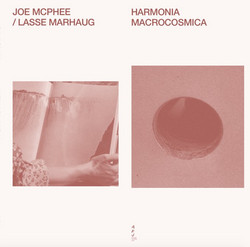Deathprod
Treetop Drive / Morals and Dogma / Imaginary Songs (5Lp bundle)
Deathprod's album trilogy (in bundle), gatefold cover with Japanese obi pressed on 180g vinyl. Based in Oslo, Norway, composer Helge Sten has been crafting this music since the early 90s, a deeply atmospheric, grainy minimalism that slows time down and explores the very particles of sound itself. The Deathprod concept arose in 1991 when Sten realized his complex array of homemade electronics, samplers, sound processing and analogue effects – cumulatively known as the “Audio Virus” – could add a musical dimension above and beyond the merely technical. Almost obsolete samplers and playback devices distort and transform sounds into unrecognizable mutations of their former selves. The virus breeds layers of complex and overlapping sonic debris, creating a kind of cellular composition. Sten is a founder member of Norwegian improvising group Supersilent and has produced records by Motorpsycho, Susanna, Jenny Hval, Arve Henriksen and others. In 1998, alongside Biosphere, he electronically transformed the music of Norway’s leading contemporary composer, Arne Nordheim. More recently he composed music for Harry Partch’s legendary invented instruments for the Cologne based Ensemble Musikfabrik.Cut to vinyl by Rashad Becker at Dubplates and Mastering in Berlin, they form Deathprod’s complete official canon.
Treetop Drive
Originally released as a limited edition handmade cassette box, the three pieces Treetop Drive crystallized Deathprod’s specific method of composition, found sounds and textural layering. “Treetop Drive” 1-3 were recorded live in concert in 1993, direct to two track DAT tape at the Trondheim Academy of Fine Arts. They combine the precision of digital sampling, the unpredictability of homemade electronics, and the esoteric tape-echo sound of Hans Magnus Ryan (Motorpsycho)’s violin, defining a new space in which to perform and compose.
Existing in a void between the arts, contemporary music and alternative culture, Treetop Drive was completed with the realization “Towboat”, recorded at Audio Virus LAB in 1994 and released by the label Metal Art Disco later the same year. This audio restoration from an early 1994 master means the album has never sounded better.
Imaginary Songs from Tristan da Cunha
Tristan da Cunha in the South Atlantic is the world’s most remote island. If you want to visit for more than one day, you have to wait a year until the next boat arrives to pick you up. Imagining life in such a lonely and cut-off environment opens up a space for Deathprod’s yearning set of electronic SOS calls that are destined never to quite reach out through the airwaves. Violin by Ole Henrik Moe, who introduced Sten to the writings of a Norwegian expedition to the island in the 1930s, was recorded in the forest outside Oslo, manipulated and transferred to phonographic wax cylinders to give an extra dimension of decay. The final track on the album, “The Contraceptive Briefcase II”, was recorded live in concert by the Norwegian Broadcast Corporation (NRK), and features five vocalists, musical glasses, a musical saw, theremin and layered electronics. Originally released on CD in 500 copies in 1996, the album has been remastered in 24 bit / 96kHz high resolution audio from the original mix tapes.
Morals and Dogma
Morals And Dogma is a ritual. Ten years in the making, it contains four pieces, recorded between 1994 and 1997. This is Deathprod at full intensity, featuring an even more expansive and billowing sound as Sten transforms and blends the textures of violins, saw and harmonium. Pieces like “Dead Peoples Things” and “Tron” were revised numerous times, even though the very first versions of both were chosen for the final sequencing of the album. Both Ole Henrik Moe and Hans Magnus Ryan contribute with their unique approach to the violin, while Moe extends the metallic and textural qualities of “Cloudchamber”, utilizing a musical saw. The harmonium on “Orgone Donor’” was recorded direct to cassette by Hans Magnus Ryan, and later multi-tracked with dual violins at Audio Virus LAB. “Cloudchamber” is layered with electronic treatments of the decay and noise from a Maestro Echoplex tape-echo machine, and also lends it title from one of the beautifully crafted microtonal instruments of Harry Partch. First released on Rune Grammofon in 2004, this has been pressed from the 2004 original high resolution master.
